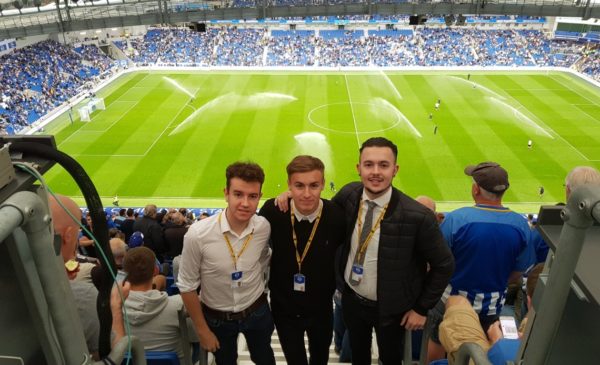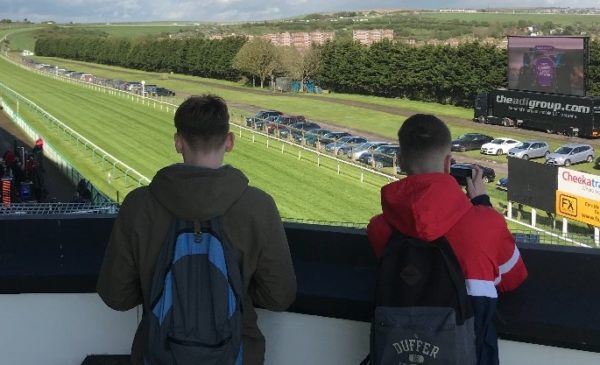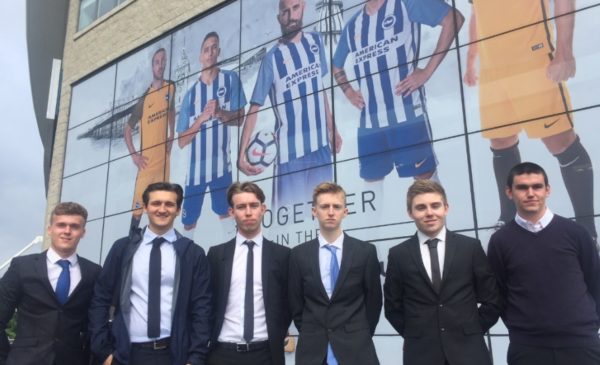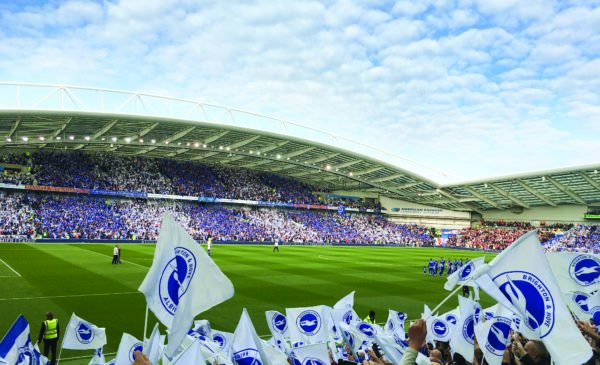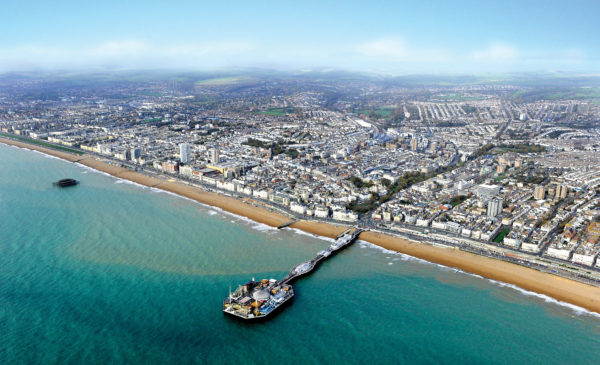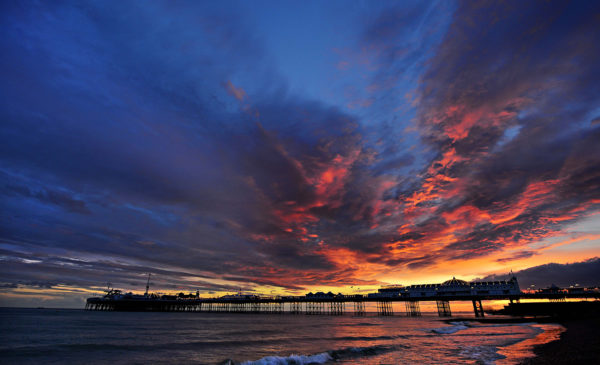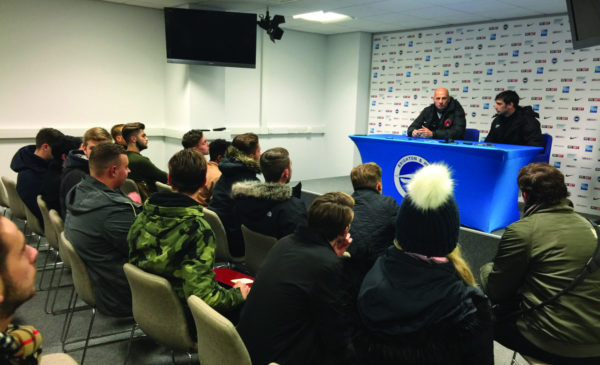Drive to Survive, the brainchild of Box2Box Films founders Paul Martin and James Gay-Reese has done exceedingly well in garnering the interests of multiple demographics of audiences, seamlessly introducing and assimilating them into the highly immersive world of Formula 1.
Season 3 of the Netflix series came out on the 19th of March this year. Netflix announced that the show was trending number one worldwide shortly after. Nine days after the ten-episode long season dropped, Sky Sports witnessed its highest viewing figures for a Grand Prix ever, peaking at 2.23 million (SkySports.com). Drive to Survive has been instrumental in expanding the reach of Formula 1 to new horizons with the help of the world’s premier OTT platform, Netflix. But is it a completely accurate depiction? Why do some teams and individuals have no screen time whatsoever? I will shed further light on these queries in this write-up.
Over the first two seasons, Netflix did well to portray the drivers, team owners and team principals as characters. This led to narratives which even the newer audience could follow as they unfolded. Season 3 saw some of these storylines reach a crescendo, with moments such as Pierre Gasly’s Monza win (The Comeback Kid-Episode 6) and Sergio Perez winning in Sakhir (Man on Fire-Episode 9) hitting the spot after gut-wrenching depictions in previous seasons and episodes.
There is a lack of the typically enthralling fly-on-the-wall access we were accustomed to during the first two seasons. This is because the Netflix crews had to adhere to strict protocols amid the Coronavirus Pandemic, requiring them to become a part of the teams and remain within a confined bio-bubble. This situation meant that there was less light shed on the sensational events that happened in the 2020-21 season, such as George Russell’s heart-rending fairy-tale with Mercedes, Hamilton’s last-lap puncture at Silverstone, Hulkenberg’s return and the mayhem at Mugello. Because film crews were not embedded with the team at that time, we missed out on seeing the full range of emotions the sport offers. However, the visuals, camera-work and editing were superb once again.
Season 3 nails the midfield dogfight and all the characters involved. The storyline of the midfield teams McLaren, Racing Point and Renault is split throughout the season. The viewers learn how hard-fought every point is. We are introduced to the controversial ‘Pink Mercedes’ Racing Point and their villainous owner Lawrence Stroll in the first episode (Cash is King) while catching a glimpse of McLaren during pre-season testing, preparing for a slug-fest of a season. Episode Five (The End of the Affair) begins with Daniel Ricciardo announcing his move to rivals McLaren after two seasons with Renault. The camaraderie shift between Ricciardo and Renault Team Principal Cyril Abiteboul is presented almost like a betrayal. This episode epitomised the unpredictable nature of Formula 1 off the track and the emotions both uniting and dividing drivers and team principals.
The second episode (Back on Track) sheds light on the rivalry between competing constructors Mercedes and Red Bull, narrated through the contrasting personas of respective team principals Toto Wolff and Christian Horner. Episode 3 (Nobody’s Fool) takes us into the sweltering psyche of Valtteri Bottas(s) and how it feels to be a #2 driver.
Episode four (We need to talk about Ferrari) made even the staunchest of the Tifosi smirk after a horrendous season on track. Aston Martin (Racing Point) bound Sebastian Vettel’s quirky remarks and retorts to everything Ferrari had to say provided a glaring perspective about the chaotic atmosphere at Ferrari. The episode on Haas and Guenther Steiner (Ep 7: Guenther’s Choice) provided insight into how hard it is for the bottom teams to survive without sponsors and regular income procured through drivers. Haas changed their driver line-up completely, in contrast to their competitors Alfa Romeo.
Some of the negatives from Season 3 are carried over from the earlier seasons and annoy the purists. The lack of chronology and the filler-like team-radios and commentary irk long-term fans of the sport endlessly as Season 3 extended these bits to the pre-season testing as well. Another recurring issue was the skewed authenticity and over-dramatisation of plots, shown through the made-up spat between then McLaren teammates Lando Norris and Carlos Sainz in episode 8 (No Regrets). This was the reason why 2021 Championship leader Max Verstappen declined to appear for Season 4, stating, “They faked a few rivalries which don’t really exist. So I decided to not be a part of it and did not give any more interviews after that because then there is nothing you can show.”
Romain Grosjean’s fiery 67 Gs crash at Bahrain (Man on Fire) was stretched for dramatic effect, and that divided opinions.
The 2022 F1 regulations promise more incredible wheel-to-wheel action and better following in dirty air. Factors such as the cost cap on spending and more common components on the cars will bunch the teams back together. As we transition into the future, Drive to Survive is on a long stint to introduce greater numbers to Formula 1.

